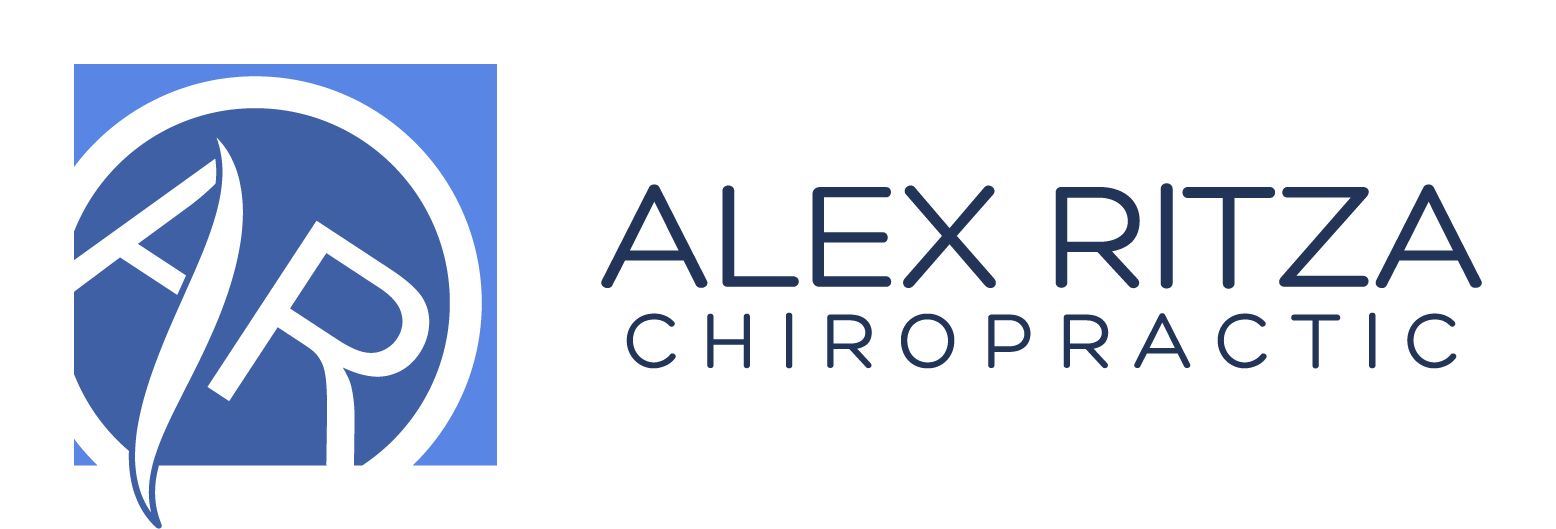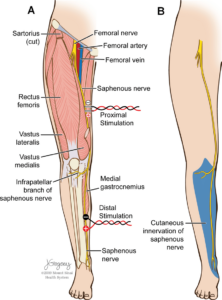5 Things To Know About Your Shoulder Pain And The Exercises To Fix Them
1 – SHOULDER INJURIES RARELY OCCUR IN ISOLATION
The nervous system is the mediator of pain in the body. Anytime that there is a painful tissue, it is the nerves that communicate this painful signal to the brain. No nerves – not pain. Sometimes with shoulder pain, the pain can be the result of or amplified by nerves that are not functioning properly or are themselves irritated! The best example would be a shoulder injury that causes compensatory changes to how a person “holds” and moves their neck.
Often a shoulder injury will force people to “stiffen” up their neck to protect the shoulder but unintentionally worsen it by chronically tightening the muscles of the neck and irritating the surrounding nerves.
This Facebook Live (below) explains this and how these are usually 4 biomechanical problems with most shoulder issues
- Structural changes to the spine causing anterior tilting of the shoulder blade
- Irritation of the nerves of the neck from a structural shift in the spine or the previously mentioned compensatory changes
- Repetitive strain to a tissue in the shoulder joint (glenohumeral joint) itself
- Reduced movement of the shoulder blade, placing increased stress on the glenohumeral joint
2 – IMPROVING YOUR POSTURAL AND STRUCTURAL ALIGNMENT SHOULD BE A PART OF ANY SHOULDER CARE PLAN
The orientation of the shoulder blade is incredibly important in determining how your shoulder functions. The more forward your head, and the more rounded your mid-back, the more forward-tilted your shoulder blade. The more tilted forward your shoulder blade, the less room there is for the tendons of the rotator cuff and other shoulder structures to move safely in the glenohumeral joint. A more erect spine and better posture reverse this. If you have shoulder pain, you need to fix your posture to fix the underlying problem
3 – ROTATOR CUFF TEARS ARE LESS IMPORTANT THAN YOU MIGHT THINK
Yes, the rotator cuff is important for stabilizing the shoulder joint. However, it is possible to have a tear in the rotator cuff and be completely asymptomatic and have relatively incredible shoulder function. This video shows how to strengthen the rotator cuff and discusses in more detail why most rotator cuff tears do not matter for your long-term recovery.
4 – A REALLY EXCELLENT ASSESSMENT IS REQUIRED TO IDENTIFY WHY YOUR SHOULDER HURTS
One of the first thing that you and your healthcare team need to figure out is the following: is the pain the result of only a problem in the shoulder or is it the more likely scenario that the shoulder pain is Collateral Damage from a Core Problem elsewhere. Your healthcare team should be assessing the shoulder, the shoulder blade, the entire spine and the nervous system; especially the nerves of the neck that power-on the shoulder and provide sensation to it. It is a waste of time to treat and heal the structures of the shoulder without correcting the underlying movement, structural and neurological changes that caused the shoulder problem in the first place … unless you want it to come back.
5 – SHOULDER INJURIES REQUIRE STRENGTHENING AND REHAB AT AND AROUND THE SHOULDER JOINT
At least half of your “rehab” time at home should be spent strengthening the muscles around the shoulder blade and the spine. The shoulder literally floats on top of the rib cage and is only attached to the rest of the skeleton at a very small joint between the breast-bone and collar-bone. There are 17 muscles the hold the shoulder to the skeleton and determine the positioning, stability, strength and when injured, recovery of the shoulder. To strengthen the shoulder, you have to strengthen everything around it.




